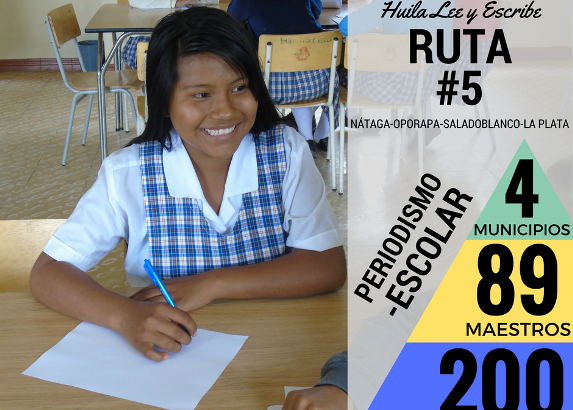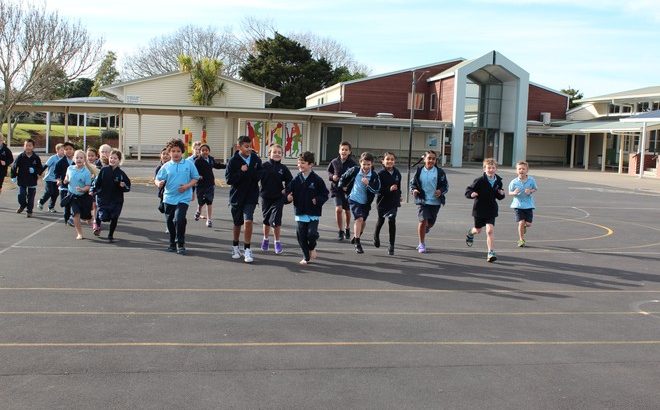Europa/Alemania/Febrero 2017/Noticia/https://theconversation.com
In this series we’ll explore how to improve schools in Australia. Some of the most prominent experts in the sector tackle key questions, including why we are not seeing much progress; whether we are assessing children in the most effective way; why parents need to listen to what the evidence tells us, and much more.
Mainstream schools need to take back responsibility of educating all students, even those who have temporarily become disengaged in education.
An alternative education sector has rapidly expanded in recent decades as Australian federal and state policies have sought to keep disengaged and vulnerable young people in education.
Over 900 plus so-called flexible learning programs are operating throughout the country, within and outside mainstream schools, catering for more than 70,000 students each year.
The growth of this sector can be seen as both a reflection of changing labour markets – paired with rising youth unemployment – and a pragmatic response to exclusion practices by education systems that are focused on academic achievement and outcomes.
Exclusion from school places makes vulnerable young people at greater risk of long term unemployment, dependence on welfare, mental health issues and social isolation.
Young people unable to attend mainstream education then need to look for an educational alternative that addresses the complexity of their lives and needs.
Can these students still get a good education?
With success increasingly defined through league tables and comparison of schools through national tests such as the National Assessment Program – Literacy and Numeracy (NAPLAN), a growing number (around 70,000) are no longer able to maintain their education in the mainstream system.
Many young people drop out or are excluded. This is often because of their feelings of rejection and disillusionment with a system that fails to recognise the impacts of disadvantage, related social and mental health issues, and family trauma.
Ideally, alternative programs offer the potential of a curriculum that is individualised and relevant to their lived experiences. They offer:
- practical skills such as basic carpentry, motor maintenance or food preparation;
- authentic learning experiences, which include real life tasks that are relevant to the student’s lived experience and facilitate success. For example, practical maths activities related to cooking and catering projects;
- flexible learning that enables students to work at their own pace in small group or one-to-one situations;
- a curriculum based on real-life scenarios, such as researching aspects of their local communities;
- schooling that addresses the biological and developmental impacts of trauma before focusing on relationship-building and engagement with learning;
- welfare and counselling support, which could include, for example, a school day consisting of two hours of counselling and two hours of classes.
Types of alternative education programs
Alternative education activities in Australia fall into three broad categories:
- Programs within mainstream schools. These are usually aimed at keeping young people connected to school. Some are supported by philanthropic organisations, others by government initiatives.
- Programs within Technical and Further Education (TAFE) or Adult and Continuing Education (ACE), such as Victorian Certificate of Alternative Learning (VCAL) (Years 11 and 12) or Certificate of General Education for Adults (to Year 10 level).
- Standalone programs: often referred to as Flexible Learning Options (FLO). These programs operate either within mainstream settings but on separate sites or as separate schools in their own right. They typically offer alternative Year 9 to 12 options and/or curriculum and welfare support designed to meet the specific needs of their students, such as responding to the impact of trauma.
Such programs have the potential to support students at risk of disengaging entirely from mainstream education, but also to promote the resilience and well-being of all young people in mainstream schooling. This leads, in turn, to whole-school change that will benefit all students.
Many of the programs grapple with the delivery of a rigorous curriculum, the expectation of student academic achievement, and creating opportunities for students to return to mainstream education and training.
Taking back responsibility
Mainstream education needs to take back responsibility for adequately catering to the needs of a growing sector of marginalised young people, and learn to work in partnership with alternative education providers and community-based organisations to better support students.
One thing to consider is whether these sites of education offer a distinctive developmental approach that should influence curriculum and pedagogical design more widely.
Within the alternative sector, greater transparency is needed around curriculum and instructional quality, combined with better data on enrolments, course completion, and program outcomes.
We also need more consistent funding practices (many programs are dependent on the uncertainty of short-term grant allocations) and professional skills development.
These variables, consistently monitored and supported by effective local partnership between agencies, would contribute to a cultural shift in which Australian schools come to provide meaningful education for all young people, not just those engaged in the mainstream.
Fuente:
https://theconversation.com/mainstream-schools-need-to-take-back-responsibility-for-educating-disengaged-students-71988
Fuente Imagen:
https://lh3.googleusercontent.com/x32leCYEQ_mVRsCqu1lBMigTc4tbKqklz42u_iO4f8bAlM6ZlIbgEc-b1_dTN9D6TeXt=s85













 Users Today : 91
Users Today : 91 Total Users : 35460108
Total Users : 35460108 Views Today : 112
Views Today : 112 Total views : 3418743
Total views : 3418743